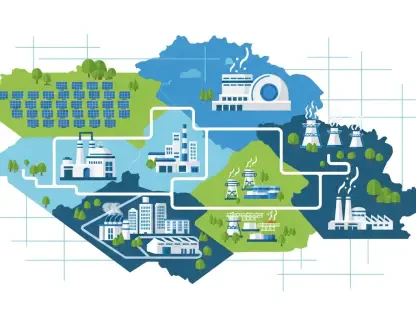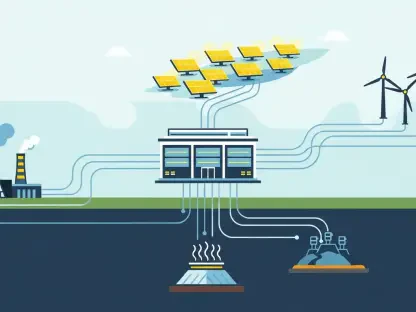In an age dominated by rapid digital transformation, a critical question emerges: Are utilities genuinely prepared to serve the technologically advanced needs of their commercial and industrial (C&I) customers? These customers are at the heart of the energy transition, and bridging their digital divide is a task as demanding as it is necessary.
A recent report reveals that C&I entities consume a staggering 70% of U.S. electrical energy. Despite this, many utilities struggle with archaic legacy systems that barely scratch the surface of modern digital requirements. The digital readiness of utilities not only impacts efficiency but also plays a crucial role in the broader trend of energy transformation toward sustainability.
Importance of the C&I Segment in Energy Transition
C&I customers are a cornerstone of the energy transition. Their consumption levels present significant revenue streams for utilities and have substantial impacts on sustainability efforts. As businesses increasingly seek to align with environmental goals, their reliance on utility services becomes more critical. Commercial sectors not only require energy to operate, but they are also key players in achieving digital economy objectives.
These customers demand advanced energy solutions supported by cutting-edge technology platforms. Utilities must adapt or risk falling behind. Uniting digital advancements with environmental ambitions enables utilities to seamlessly transition into a future defined by both digital economies and eco-friendly practices.
Complexity in Managing C&I Customers
One of the pivotal challenges utilities face is navigating the complex landscape of C&I customer management. Legacy systems, primarily designed for residential customers, are ill-equipped to meet the sophisticated and varied demands of C&I clients. These customers require detailed energy data and robust digital self-service platforms while pursuing sustainability through long-term agreements like solar or wind power purchases.
Consider a large industrial firm that operates 24/7 and relies on precise energy forecasts and real-time data assessments. Serving such clients goes beyond mere power supply; it involves a deep understanding of intricate load profiles and dynamic energy needs, which outdated systems often fail to accommodate effectively.
Insights from Energy Industry Leaders
Industry leaders emphasize the necessity of adopting modern technology to better serve the C&I sector. Advanced Customer Information Systems (CIS) can potentially revolutionize how utilities engage with these demanding clients. According to research, the implementation of next-gen energy platforms can result in a 30% increase in customer satisfaction and reduced operational costs.
One such success story is a utility that embraced digital innovation to provide a unified portfolio view and streamlined product management, resulting in significantly enhanced customer engagement. This utility’s approach demonstrates the power of leveraging technology to overcome traditional challenges and deliver superior service in an ever-evolving market.
Toward a Future-Proof Energy Strategy
To secure their place in the future, utilities must develop strategies that integrate modern technological solutions. This involves adopting advanced platforms that accommodate comprehensive energy management, from pre-sale activities to invoicing. Regulatory compliance and enhanced customer engagement must also be prioritized to maintain competitive advantage.
Implementing these strategies can drastically improve interactions with C&I customers by offering transparent insights and reducing customer churn. As utilities navigate this journey, the focus should be on embracing data-driven decision-making to foster resilience and innovation in an unpredictable energy landscape.
In retrospect, utilities that proactively addressed the digital divide stood out as leaders in a dynamic, customer-centric marketplace. The future energy environment demanded effective utilization of technology to harmonize the needs of both residential and C&I sectors. Utilities that failed to modernize risked irrelevance as the industry progressed toward digital integration and sustainability.









